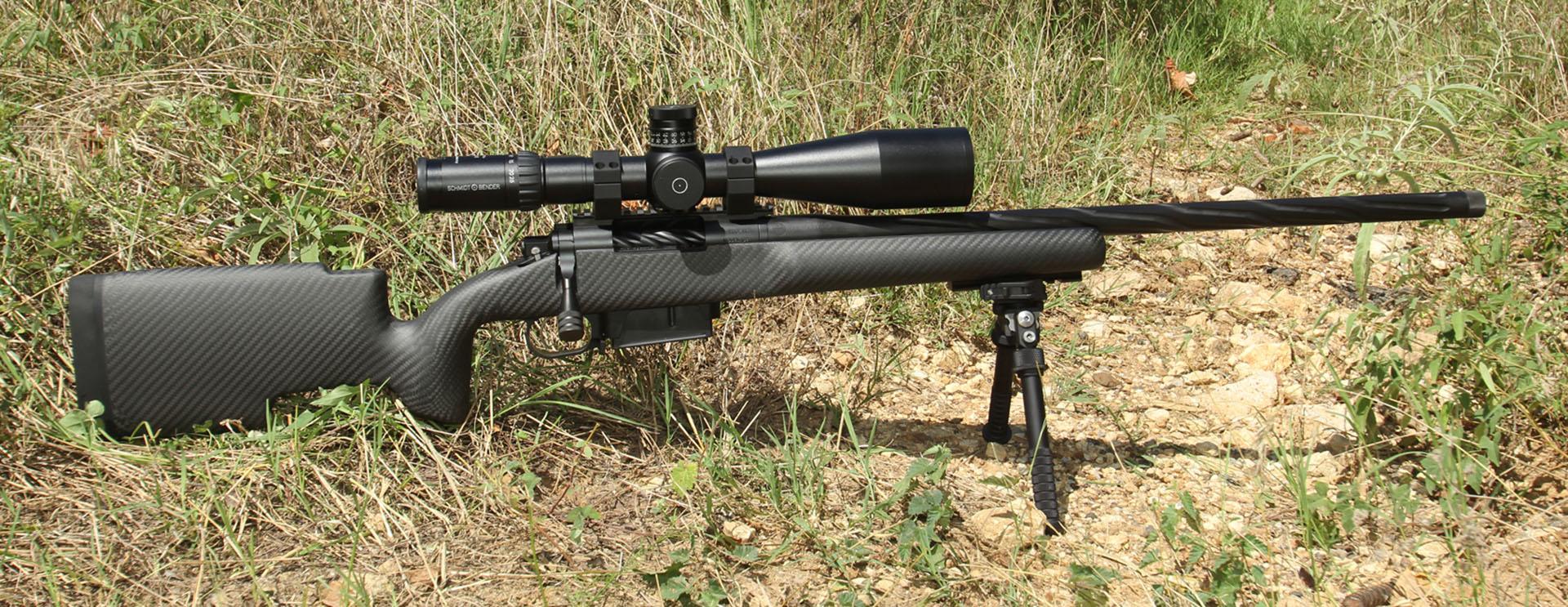lhsmith
Active Member
I have had every type of stock put out by Remington- Kevlar on a 700KS, kevlar/ fiberglass on Mdl sevens, wood laminated, good old fashioned Walnut. I even have carbon fiber laminated Terry Leonard stocks on bench guns. They all served their intended purpose so well that I never entertained restocking- although I did glass bed some of the walnut stocks. That is until the hollow plastic tupperware stock on a .300 WM BDL. Out of the box it was the most accurate factory rifle I ever had- but I did not want to go to deer camp with a tupperware rifle because I was the "gun guru" of the crowd. So I restocked it in a Boyds laminate and glass bedded it ( I had bedded several prior and always had improved accuracy). Well this offered no improvement over the cheap flimsy tupperware stock. The tupperware stock fit well, felt good in my hands, was light-weight -just was noisy in the woods.
IMHO the worst stock ever put out by Remington was the 700 AS from '89- '91 identified as Arylon resin but I remember it being called Rynite. It did not look good- it looked like the same material they make those horse stall mats from- so heavy it felt awful in the hands and I remember feeling bad for the kid that showed up at camp with one.
IMHO the worst stock ever put out by Remington was the 700 AS from '89- '91 identified as Arylon resin but I remember it being called Rynite. It did not look good- it looked like the same material they make those horse stall mats from- so heavy it felt awful in the hands and I remember feeling bad for the kid that showed up at camp with one.


